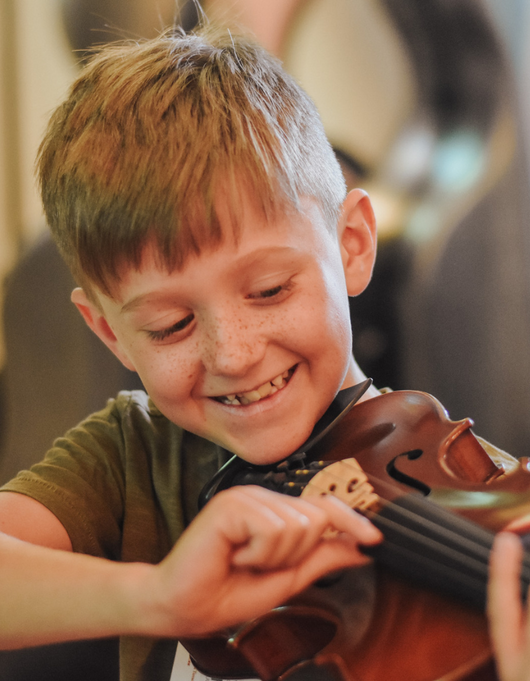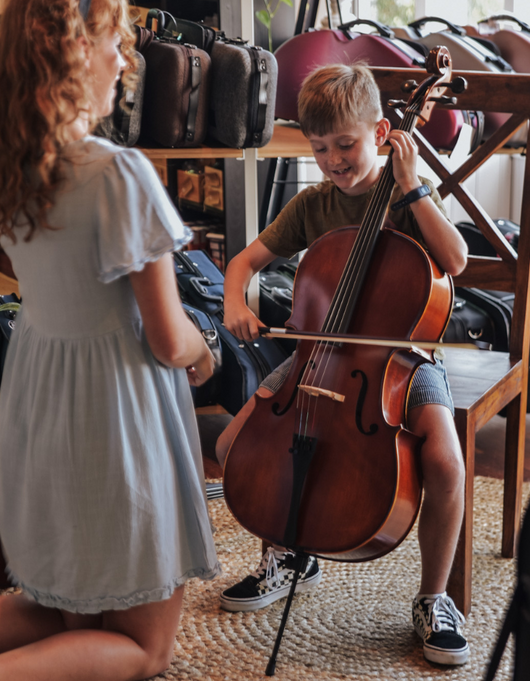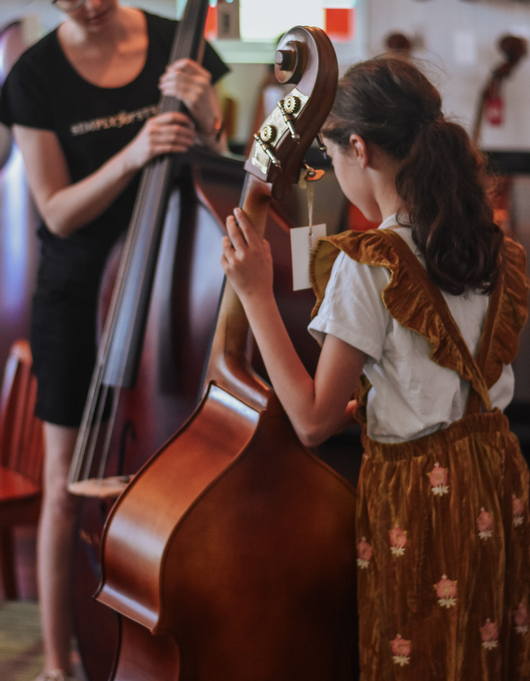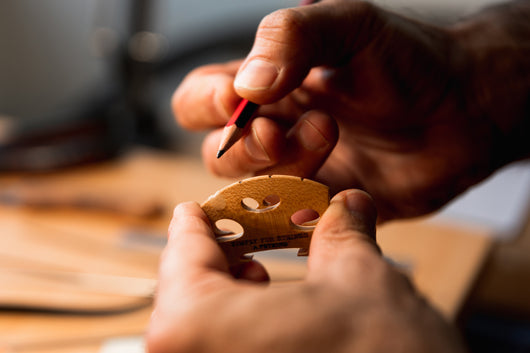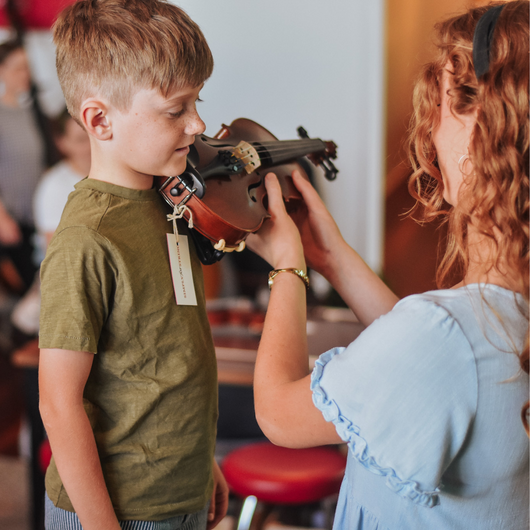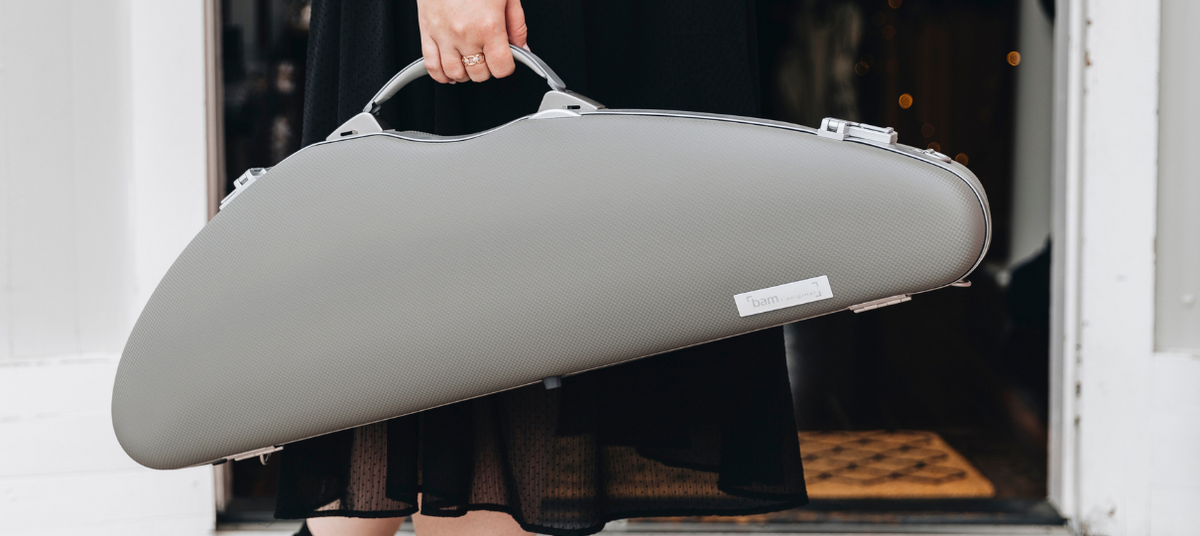Travelling with your instrument? Here are some tips and tricks to avoid any nasty surprises once you’re off the plane.
A travelling musician’s nightmare is to open up their case to discover a cracked or warping instrument. By preparing your instrument for the flight, you can save yourself a lot of heartaches (and repair fees). Checking out your flight provider’s (airlines) policy on musical instruments is highly recommended well in advance of your flight.
As well as checking flight policies on musical instruments, it is highly recommended having a professional luthier appraise your instrument for an insurance policy covering travel with your instrument. Most airline’s policies do not cover theft or damage to musical instruments so having insurance cover is essential before travelling. We recommend Lark Musical Instrument Insurance, however, there are many good instrument policy providers available on the market.
A great investment for frequent travellers is a high quality, contoured case such as BAM or GEWA. These cases provide optimum protection for your instrument as it travels, and usually abide by all airline measurements for musical instruments. The shock absorbing materials used in these cases are perfect for both short and long flights. The weight of these cases is also often an advantage as you attempt to hail a taxi with a giant suitcase, musical instrument, music stand and your carry-on in tow. An amusing sight for most taxi drivers! BAM and Gewa offer great options for a variety of needs and budgets. I personally love flying with my BAM Hightech Contoured viola case, and have never had any issues with its size on board.
BAM have created a specialist flight case for violinists, the ‘Hightech Cabin Violin’ case. This case is specifically designed to not include space for a bow, as the size of the case is almost halved. The bow can be taken on board in a separate tube (available separately here). The Cabin case is ideal for regular travellers who don’t wish to ever have a problem at the check-in counter.
Depending on where you are flying to, and how long you are flying for, your instrument may need some extra attention which can be easily done at home. Prepping your humidifiers, packing the case to avoid your instrument moving around during the flight, and loosening the tension off your strings and bow are all things that can be done before boarding time.
During air travel, string instruments are extremely vulnerable to the rapid changes in temperature and humidity levels. Using a humidifier during the flight allows for a continuous, controlled release of moisture into the body of your instrument, ensuring optimum conditions for the instrument. Our online store has these available for any instrument you may be flying with.
Packing your instrument’s case with any extra socks or jumpers is also a great way to give even more protection for your instrument. Placing some extra pressure around the bridge and f-holes of your instrument will aid in preventing your soundpost falling down during the flight. If flying with your cello, it is also highly recommended to wrap the neck of your instrument. Most celli are placed underneath the plane with the rest of the flight’s luggage, so bubble-wrapping the outside of your case is a great idea.
Loosening the tension off your strings is extremely helpful in preventing your bridge from warping and removing any excess tension that may occur from loss of humidity. Bridges are extremely vulnerable to rapid changes in temperature and appreciate as little tension as possible whilst flying. Your strings will also be less likely to break if they are loosened during the flight. Flying with an extra set of strings is always a fantastic idea in the case of an emergency. Similarly to the body of your instrument and your bridge, bows are also susceptible to warping in extreme weather conditions. Loosening the hair of your bow is a 2-second step which can save you a lot of unnecessary stress once at your destination. Double bassists can also travel with bow tubes to avoid having to place their delicate bow with the rest of their luggage underneath the plane.
Getting off the flight and discovering your instrument has gone missing could prove extremely stressful for you and anyone travelling with you. Make sure you secure a luggage tag with your name and every possible contact detail in a clear bold print will ensure if anything does go astray, the airline will quickly be able to identify who it belongs to.
Once at the airport, be prepared for any security checks that may happen, and for flight attendants to ask you “is that a guitar?” Seeing a musician on a flight may not be the most regular occurrence for some flight attendants, so don’t be nervous if they ask to see what is inside the case. Be considerate of your fellow passengers when getting on and off the plane with your instrument’s case: you don’t want to accidentally knock somebody out with your bow tube!
Be sure to follow these tips to ensure the protection of your musical instrument whilst travelling, and enjoy your flight!



